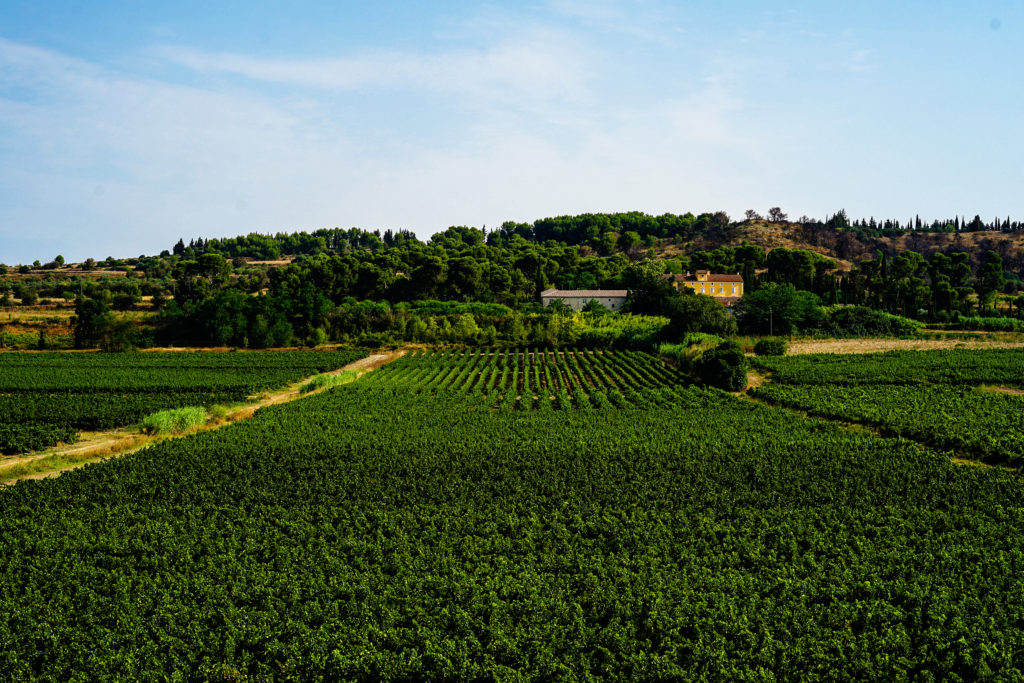
Several weeks ago, we shared with you the results of the Natoli laboratory over the last few months. Today’s observation is in accordance with the observations made by our winegrowing partners in the region.
Halfway through the year, it’s time to check in on our partners’ vines: with drought on one side and high humidity on the other, we have to contend with very different soil conditions.
A very dry winter
Throughout the region, a particularly dry winter led to drought in the soils, which could not be recharged with water. Our partner, LP Nature, explains that when the soil is dry, all microbial activity slows down, and nutrients are rarer and therefore more difficult for the vines to absorb.
For Château Mire L’Étang, near Narbonne, this extreme drought has persisted for 14 to 15 months since June 2022, a record with only 150 mm of rainfall achieved over the period. The same can be said of Château Régismont, where there was a definite lack of water in winter. We can only hope that the rainfall for next winter will be greater than that experienced in recent months.
Variations during spring
Furthermore, it was during the spring months that the climate of the Languedoc-Roussillon region showed significant variations. In the Aude, the drought persisted, while in the Gard, rainfall increased. The Domaine du Vistre, in Vauvert, noted more frequent rainfall. LP Nature noted that rainfall in May was higher than the cumulative rainfall from January to April. As a result, soil activity picked up and vegetative growth quickly caught up.
However, this heavy rainfall, combined with high humidity and heat, led to increased pressure from fungal diseases such as mildew and powdery mildew. Fortunately, our partners have managed to maintain a stable state of health thanks to increased vigilance and great care of the vines.
Ahead of the 2023 harvest, the LP Nature team is optimistic: today, the health situation is good, “the vines are doing well and the water conditions are favorable”.
The same applies to Domaine du Vistre. The harvest looks set to be “very good in terms of both quality and quantity”, despite the threat of mildew and the danger of cluster worms and cryptoblab beetles, which have been contained thanks to the use of trichograms and special care taken with the soil.
The Aude region didn’t get much rain this spring, but our partners there were able to cope. For example, at Château Mire L’Étang, an irrigation system has been installed to ensure that the soil is adequately recharged with water, thanks to a major investment made in 2015. We are told that the vineyard is showing “perfectly normal vegetative development, so we can look forward with optimism to the 2023 vintage”.
Mr. Paillet, who owns Château Régismont, has been able to use the irrigation facilities on most of his plots, even though some are still not being irrigated. Sanitary conditions are favorable.
Even though the weather has made it hard to grow grapes in the last few months, the 2023 harvest looks like it will be a good one thanks to the various installations and the increased vigilance of the winegrowers.
We look forward to seeing you in 2024 to taste these vintage 2023 wines !